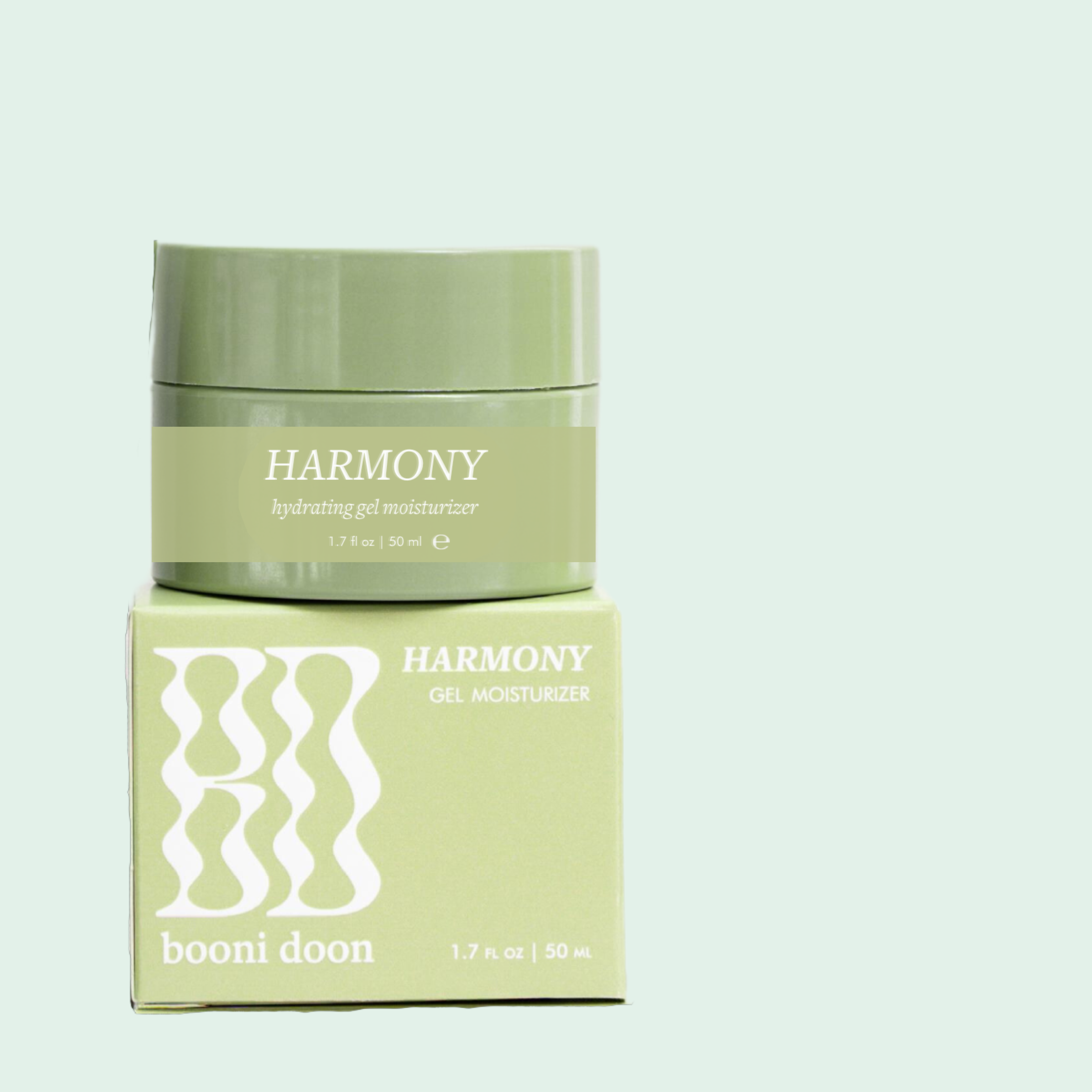Green tea: Powerful Polyphenols
Green Tea vs. Matcha
You may have noticed green tea and matcha lattes popping up on coffee shop menus everywhere, but this powerful ingredient is more than just a healthy way to start your morning. Both green tea and matcha come from the same plant, which is scientifically known as Camellia sinensis. Though derived from the same plant, green tea and matcha have a few key differences in how they are both grown and processed. For matcha, the plant is shaded from the sun about a month before harvest. The shade causes the plant to produce more chlorophyll ( the green pigment that helps plants absorb energy from the sun), making it richer, greener, and higher in amino acids.
When making matcha, the entire leaf is ground into a powder, meaning more nutrients can be consumed and absorbed than from green tea, where the entire leaf is not consumed. Both green tea and matcha contain impressive levels of antioxidants, vitamins, and minerals, and are often considered superfoods! Green tea and matcha can benefit the entire body, and the skin is no exception.
Antioxidants for Whole-Body Wellness
Incorporating green tea into your routine, especially in a concentrated capsule form, can have many advantages. The power of green tea is largely due to the fact that it is densely packed with antioxidants, which help fight free radicals that contribute to cell damage. Green tea has been shown to help reduce the risk for serious diseases such as heart disease, as well lowering bad cholesterol and blood sugar. Several studies have also shown that green tea can boost metabolism, making it a useful aid for anyone trying to lose weight. Green tea effects include boosting brain function due to the ingredient’s high levels of L-theanine, which is an amino acid shown to increase brain wave activity.
Green Tea for Skin
In addition to lowering the risks for many serious illnesses and boosting brain power, green tea also can help keep skin looking beautiful. Green tea contains antioxidants called polyphenols, which can work wonders on the skin. The benefits of polyphenols include helping repair skin damage caused by UV rays and fighting aging by rejuvenating cells. Polyphenols also reduce sebum production, which in turn works to reduce acne caused by the skin producing too much oil. Green tea is also shown to be anti-inflammatory, making it helpful for reducing redness and irritation, as well as helping to heal minor cuts, scrapes, and burns. The vitamin E found in green tea acts as a natural moisturizer, helping keep skin smooth and soft.
Green tea has been used for medicinal, ceremonial, and culinary purposes for thousands of years. This superfood has many positive effects on the mind and body, and is an overall great addition to health, beauty, and wellness routines.







